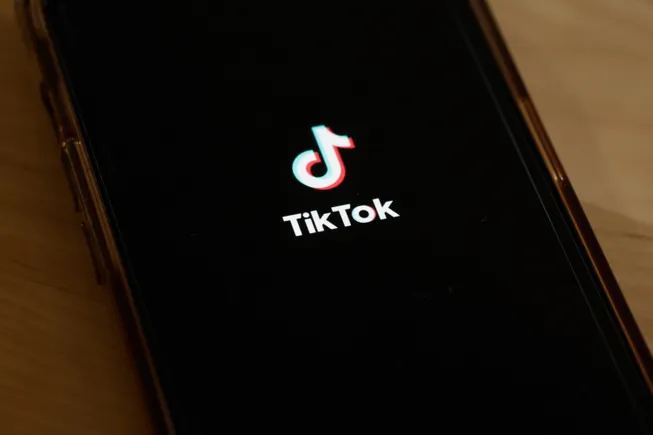Dive Brief:
- Consumer tolerance of digital advertising is on the rise, with younger demographics showing noticeably higher acceptance of brand messages and ads appearing in new channels, according to a report from Forrester Research.
- Over one-third (34%) of surveyed Gen Z and millennials tolerate seeing ads while streaming video via smartphones compared to 19% of older consumers who said the same. Gen Z and millennials are also more tolerant of ads in mobile apps and games.
- Sponsored content from influencers and content creators holds the attention of nearly half of younger consumers compared to 18% of older generations. Forrester cautioned that ad receptivity does not correlate with trust, which remains low across age groups.
Dive Insight:
Forrester’s latest assessment of online advertising perceptions is good news for marketers, with some caveats. Outright aversion to ads appears to be waning, with young cohorts like Gen Z — typically the demographics that brands value most — seeing their tolerance nearly double in recent years. That said, younger consumers are more willing to pay extra to avoid ads, with 34% planning to upgrade their streaming subscriptions to ad-free tiers versus 18% of older consumers.
These trends are byproducts of how media consumption habits have shifted, with rising generations raised digitally native and with smartphones or tablets in hand. Younger consumers spend an average of 7.3 hours a week on social media compared to 4.6 hours for older consumers, many of whom remain glued to traditional set-top boxes, according to Forrester.
TikTok, Gen Z’s app of choice, popularized the algorithmically powered For You feed, where sponsored posts can be virtually indistinguishable from organic user-generated content as users swipe away with their fingers. That’s helped acclimate users to regular ad exposure and created a larger movement where digital platforms try to reinvent themselves as entertainment channels rather than just sites to share photos and posts with friends. Facebook, Instagram and YouTube have adopted similar models to TikTok focused on short-form videos.
Purchasing decisions and brand preferences also continue to be driven by influencers and content creators to whom consumers, particularly Gen Z and millennials, can develop strong social attachments. Millennials who have matured into higher purchasing power are the largest audience for creator-led content, per Forrester. Curiosity about sponsored social content has grown in a broader sense since 2021.
Forty-five percent of online consumers think the content that brands share online is “interesting,” a sentiment that was held by 56% of younger consumers and 35% of older consumers. Companies like language-learning service Duolingo have attracted dedicated followings due to regularly posting meme-friendly, humorous videos on TikTok. The desire for an “always-on” social strategy has become more prevalent among CMOs who are focused on keeping pace with pop culture. Over two-thirds of marketing decision-makers previously surveyed by Forrester indicated they plan to increase their advertising spend on paid digital media.
A lot of those dollars may still be wasted. While 90% of consumers see ads in some shape or form on social, just 37% pay attention to the messages they receive. More crucially, trust in advertising is low amid concerns over scams and misinformation, with just 22% of younger consumers and 12% of older consumers trusting social media advertising. Those figures don’t improve much for branded posts, which are trusted by 33% of young adults and 18% of older ones.











